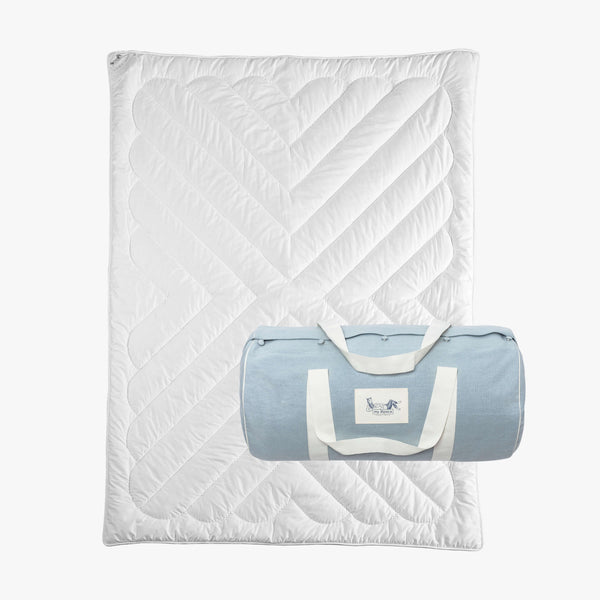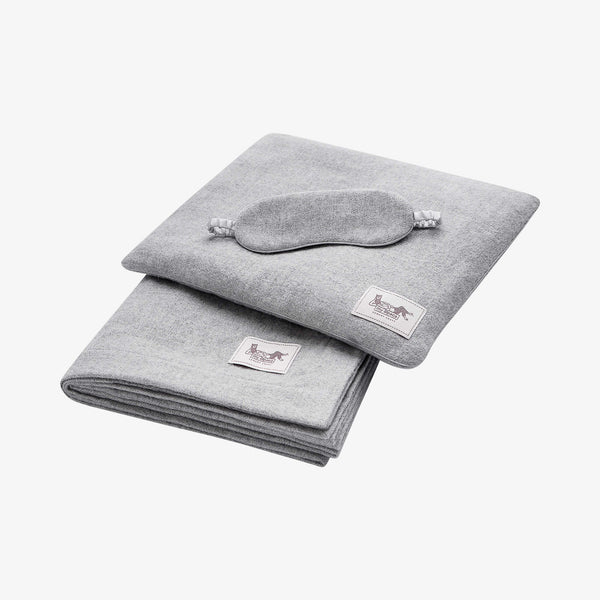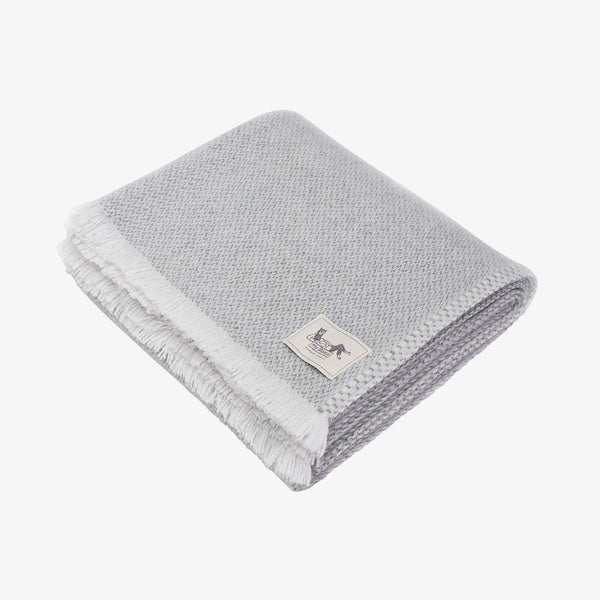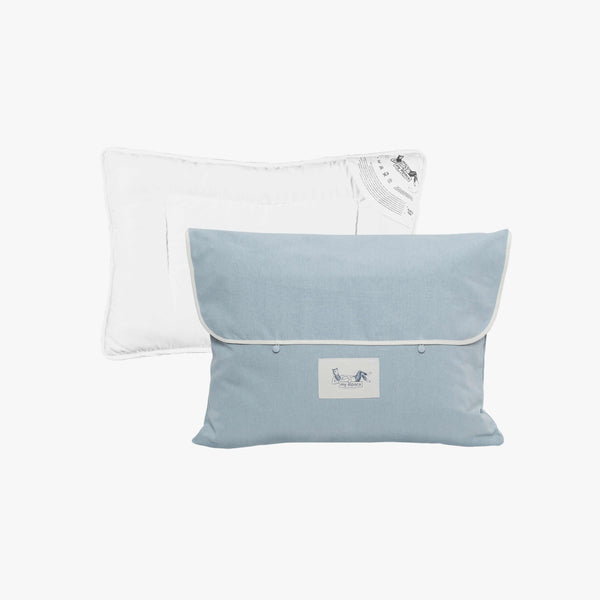ALPACA FIBRE

At Alpacissimi, we only share the best with you. Alpaca fleece is one of the finest, most luxurious fibres in the world. It is beautifully delicate to the touch yet remarkably hardwearing, unlike similar natural fibres. Due to their small population and strict breeding regulations, alpacas are highly sought-after and their fleece is not widely available. Join us on a fascinating journey into the world of alpacas and their coveted fleece.
Alpacas and their prized wool
There are places in the world where alpacas and their extraordinary fleece have been valued for centuries. In South America, where alpacas originate and were domesticated over 3,000 years ago, the ancient Incas understood the unique value of alpaca wool. The yarn was so precious that it was valued more than gold. It was called the fibre of the gods and alpaca fabrics were a marker of wealth and social status. Unaware of their value, the Spanish conquistadors destroyed almost all of them. It wasn’t until the 20th century that an attempt was made to rebuild the alpaca population in South America. Now alpaca breeding and fleece processing constitutes a significant part of the economy.

Alpacas live mainly in the mountain regions of Peru, Bolivia and Chile. Apart from South America, they are also bred in Australia, the United States, Canada, New Zealand and in some European countries - mainly in Great Britain, Switzerland, Germany, Austria, France, Spain and Poland. The global population of alpacas is estimated to be only 4 million. Due to the unique characteristics of the fleece and the small scale of production, the textile industry classifies it as a luxurious product.
Types of alpaca wool
There are two breeds of alpacas: huacaya (about 90% of the population) and suri. Their coats, and therefore their fleece, possess different qualities. Huacaya wool is slightly crimped and dense, making it suitable for high-end knitted and woven fabrics or as a duvet filling. Suri is smoother and silkier with a greater shine. The most delicate of all is baby alpaca fibre, processed from the first shearing of one year old alpacas. Extremely soft and fine, baby alpaca is one of the most prestigious of all natural fibres.
A fibre that is environmentally unique
Over the centuries, living in the mountains of South America, alpaca fleece has developed a number of unique characteristics, not found in other breeds. This is why it is held in such high regard and why it is used to create the most luxurious of textile products.
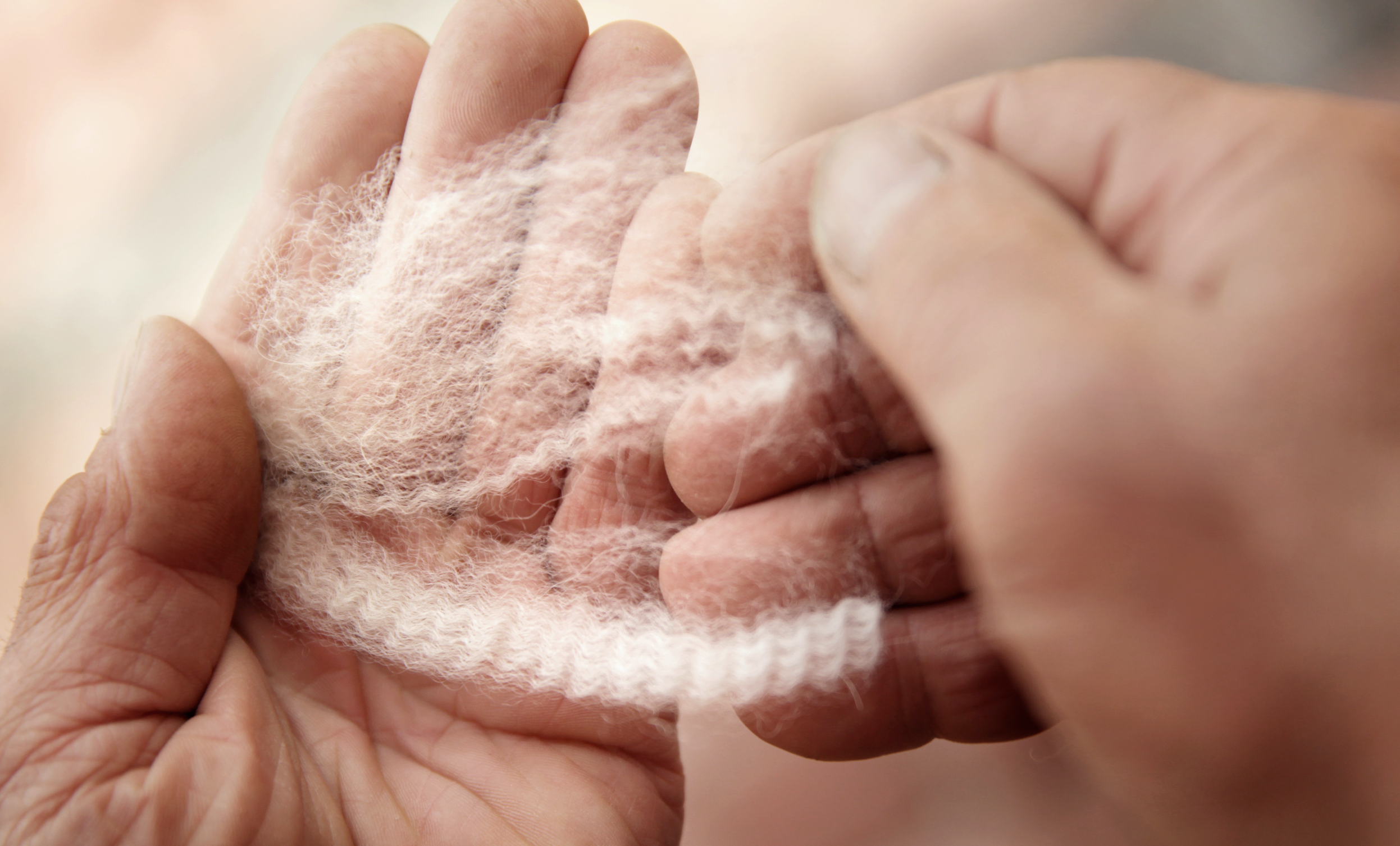
There are places in the world where alpacas and their extraordinary fleece have been valued for centuries. In South America, where alpacas originate and were domesticated over 3,000 years ago, the ancient Incas understood the unique value of alpaca wool. The yarn was so precious that it was valued more than gold. It was called the fibre of the gods and alpaca fabrics were a marker of wealth and social status. Unaware of their value, the Spanish conquistadors destroyed almost all of them. It wasn’t until the 20th century that an attempt was made to rebuild the alpaca population in South America. Now alpaca breeding and fleece processing constitutes a significant part of the economy.

Alpacas live mainly in the mountain regions of Peru, Bolivia and Chile. Apart from South America, they are also bred in Australia, the United States, Canada, New Zealand and in some European countries - mainly in Great Britain, Switzerland, Germany, Austria, France, Spain and Poland. The global population of alpacas is estimated to be only 4 million. Due to the unique characteristics of the fleece and the small scale of production, the textile industry classifies it as a luxurious product.
Types of alpaca wool
There are two breeds of alpacas: huacaya (about 90% of the population) and suri. Their coats, and therefore their fleece, possess different qualities. Huacaya wool is slightly crimped and dense, making it suitable for high-end knitted and woven fabrics or as a duvet filling. Suri is smoother and silkier with a greater shine. The most delicate of all is baby alpaca fibre, processed from the first shearing of one year old alpacas. Extremely soft and fine, baby alpaca is one of the most prestigious of all natural fibres.
A fibre that is environmentally unique
Over the centuries, living in the mountains of South America, alpaca fleece has developed a number of unique characteristics, not found in other breeds. This is why it is held in such high regard and why it is used to create the most luxurious of textile products.

There are two breeds of alpacas: huacaya (about 90% of the population) and suri. Their coats, and therefore their fleece, possess different qualities. Huacaya wool is slightly crimped and dense, making it suitable for high-end knitted and woven fabrics or as a duvet filling. Suri is smoother and silkier with a greater shine. The most delicate of all is baby alpaca fibre, processed from the first shearing of one year old alpacas. Extremely soft and fine, baby alpaca is one of the most prestigious of all natural fibres.
Over the centuries, living in the mountains of South America, alpaca fleece has developed a number of unique characteristics, not found in other breeds. This is why it is held in such high regard and why it is used to create the most luxurious of textile products.

Here’s what makes alpaca wool unique:
Thin.
Alpaca fibre is an average of 20 microns thick, which is one third of a human hair.
Light.
Each fibre contains tiny air pockets, which make it extremely lightweight yet an effective insulator.
Soft.
Alpaca fibre cuticles are much smaller than sheep wool cuticles. That is why alpaca wool is so delicate and soft to the touch, and why it doesn’t cause skin irritation.
Warm.
Alpaca wool is warmer than down and six times warmer than sheep wool.
Durable
Alpaca fleece is more resistant to stretching than sheep wool.
Thermoregulatory
Alpaca fibre adapts to the ambient temperature. It does not retain moisture - it absorbs moisture from the environment and releases it immediately, leaving a feeling of dryness.
Hypoallergenic.
Unlike other natural fibres, alpaca wool does not require chemical treatment or artificial additives. As it only contains small traces of lanolin, it does not provide a suitable habitat for mites.


